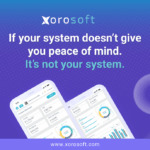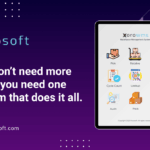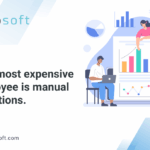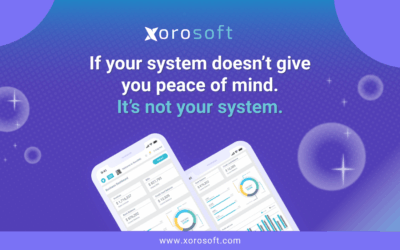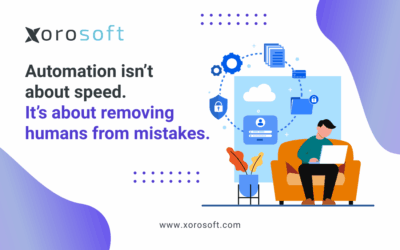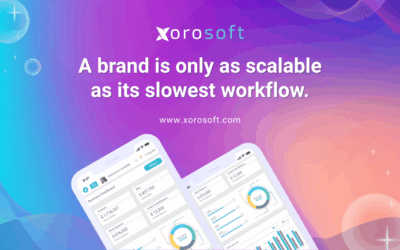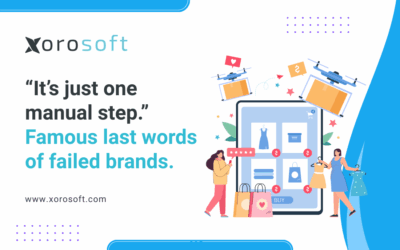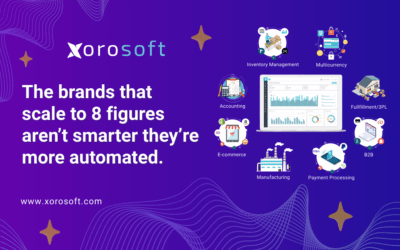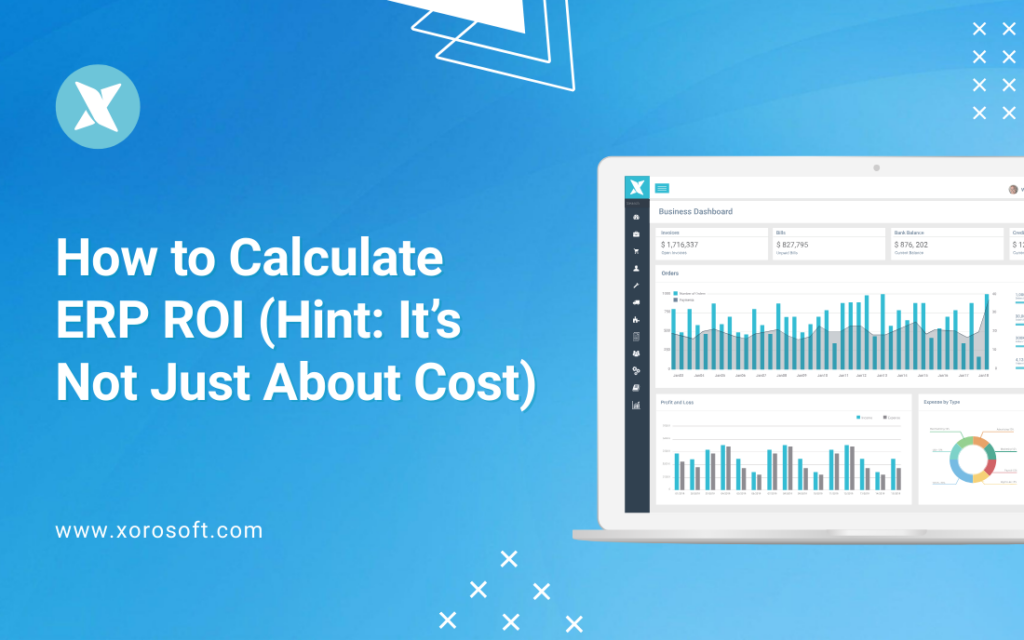
Why Businesses Miscalculate ERP ROI
Most leaders assume ERP ROI calculation comes down to a simple equation: cost versus savings. On paper, that might seem logical. However, when it comes to ERP, the real returns rarely show up in spreadsheets.
In reality, the biggest gains hide in places like faster order fulfillment, reduced errors, smoother accounting, and even the hours your team saves by not chasing data across disconnected systems.
Therefore, if you only look at ERP costs, you risk underestimating its true value.
The Hidden Costs of Disconnected Systems
Growing companies often run operations on spreadsheets, QuickBooks, or a mix of disconnected apps. At first, this patchwork feels manageable. But as sales grow, problems multiply.
For example, a warehouse team using a bolt-on WMS might ship late because inventory counts don’t sync in real time. Similarly, the finance team may struggle with accounting delays since sales data lives in a different platform.
As a result, these errors quietly drain profits. They also frustrate customers and create stress for employees who feel stuck in manual work.
Why Traditional ROI Formulas Fail
Most companies approach ERP ROI calculation with a narrow lens. They compare subscription fees with labor savings. While this captures some benefits, it completely ignores the real cause of inefficiency.
Disconnected systems lack real-time visibility. Teams waste hours reconciling data between tools. Warehouses deal with shrinkage and stockouts. Managers make decisions based on outdated reports.
Consequently, the actual cost of this system chaos is much higher than the software line item suggests.
The Right Approach to ERP ROI Calculation
To calculate ROI correctly, you must expand beyond cost. Instead of focusing only on software expenses, consider the total value creation ERP delivers.
For instance, real-time inventory accuracy reduces stockouts and overselling. Integrated accounting speeds up month-end closes while lowering compliance risk. Moreover, direct integrations with Shopify, Amazon, EDI, and 3PLs cut down manual uploads and reduce headcount requirements.
In other words, ROI is not just about what you save. It’s about how much faster, more accurate, and more scalable your operations become.
Real Results of Modern ERP Adoption
The companies that calculate ROI the right way notice gains in areas they never expected. Warehouse teams cut fulfillment times in half. Finance closes the books faster. Customer support gets fewer calls about wrong shipments.
Additionally, leaders can scale operations without hiring at the same rate. This allows businesses to grow revenue while keeping costs steady. That multiplier effect is the real definition of ROI.
How Xorosoft Maximizes ROI for Businesses
Xorosoft ERP was built to eliminate the very inefficiencies that kill ROI. Unlike legacy platforms, it is cloud-native, fast to deploy, and designed for real-time visibility.
Here’s how Xorosoft drives measurable returns:
-
Built-in WMS ensures multi-location accuracy without costly add-ons.
-
Native integrations with Shopify, Amazon, 3PLs, and EDI reduce manual data entry and staff overhead (Shopify App).
-
Seamless automation across hundreds of APIs eliminates repetitive tasks and prevents errors.
-
Ease of use ranked #1 on G2, which means faster adoption and lower training costs.
Because of this, Xorosoft customers don’t just measure ROI in staff hours saved. Instead, they see it in fewer write-offs, lower chargebacks, smoother fulfillment, and higher customer satisfaction.
Why ERP ROI Is About Growth, Not Just Cost
Old-school ROI calculations undervalue the impact of ERP. They reduce it to an expense line rather than recognizing it as a growth driver.
With Xorosoft, ROI becomes visible in speed, accuracy, and scale. Faster processes mean more sales shipped on time. Accurate reporting means confident decision-making. And automation means your team spends less time fighting fires and more time building the business.
Therefore, ERP ROI should always be measured as the combination of cost savings, risk reduction, and revenue growth potential.
Take the Next Step Toward ROI
If your ERP ROI calculation only subtracts software cost from labor savings, you’re missing the bigger picture. The true payoff is in how a modern ERP like Xorosoft creates efficiency, accuracy, and scalability across your entire operation.
👉 Ready to see ROI beyond cost savings? Book a demo with Xorosoft and start measuring value the right way.
